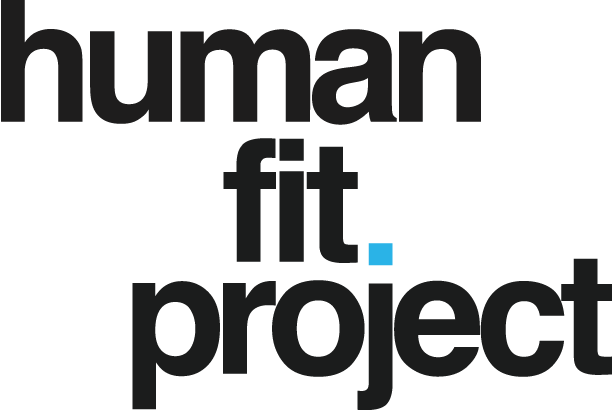Before you go all in on the diet that everyone seems to be talking about—work on figuring out what sort of diet you currently follow and how to tweak that. This will take longer, but it will be pay off in the long run because it’s your diet, not someone else’s. You can watch the rest as they burn out, fall off, or move onto the next one.
Need a new workout plan to go along with a new diet? Try any of our 35+ free workout plans for different goals and abilities.
Train smarter. Recover better.
The Simone OS helps you adjust your workouts, check in with your nervous system, and stay consistent — even on the off days.
Eat cleaner. Get leaner.
The Fat Loss Meal Planner helps you build high-protein, macro-aligned meals that actually support your body — and your goals.
1. Establish what your goal is
Do you want to lose weight, gain weight, or go somewhere in between? No one diet will accomplish all of that without tweaks and modifications. It comes down to what you eat and how much of it. If you simply want to start eating healthier, well, that’s easier: Stop eating processed foods and using loads of butters, oils, and sauces. Start eating lean protein and loads of vegetables. Once you’ve established your goals, you’re on your way to intuitive eating, which can be achieved after learning your body and how it reacts to food.
2. Follow a consistent eating schedule
It really doesn’t matter if you eat three meals per day or six this early in the game. You can’t just hop onto a new diet when you don’t know what your existing diet is. Logging your meals is good step to take, put some more structure around it. If possible, you want to try to get on a schedule for a few weeks in terms of when you eat, what you eat, and how much you eat. Now, log it.
Editor’s note: I used to eat whenever I was hungry and ate whatever was around. There was no structure or consistency. To track everything, I started to eat every three hours or so.
3. Understand what it is, and how much, you’ve been eating
Once you’ve set your schedule and logged it for a few weeks, you should have a very good sense of what you eat everyday. If you don’t, then that’s problem number one. You eat way too much different stuff. If possible, cut down what you eat to the basics. You want a protein, you want carbohydrates, fiber, and fats. And you want the best possible versions of them. Check out our list of the 25 best muscle-building foods. It’s really all you need for a well-rounded diet. The less you buy at the store the easier it is.
4. Cut out all of the non-essential stuff (cold turkey, or slowly, it’s your choice)
If you’ve been drinking juices or sodas, or processed or packaged foods, it’s time to get rid of that stuff. Whether you want to do it cold turkey or slowly, that’s entirely up to you. The faster you get rid of that stuff the faster you’ll stop craving it and the faster you’ll start seeing results. But, it’s completely understandable if going cold turkey isn’t realistic for you.
You may also like: How do I stop food cravings?
Editor’s note: In my teens I liked Gatorade, loaded cheeseburgers, and even some packaged pastries. Once I wanted to get leaner, the packaged pastries were immediately eliminated, then went the cheeseburgers, then the Gatorade.
5. Start making small tweaks based on what you’ve been observing
If you’re trying to lose weight, but have noticed you’re gaining weight, then you’re eating too much. Start by pulling back a little bit on the carbohydrates and fats. Since you’ve been logging what you eat, you should be able to simply chip away from each meal.
If you’ve trying to build muscle or gain weight, but you’re losing weight or staying the same, then you’re not eating enough. Start by adding a little bit more of everything in each meal. You’re probably safer starting with protein, then a little more carbs and fats.
If you’re losing weight, but you’re still holding only body fat, then your calories are OK, but macronutrients like protein, carbs, and fat need readjusting. Try pulling back on the carbs and fats a little for a few weeks.
If you’re trying to build muscle, but you’re adding too much body fat, your calories could be OK too, but the macronutrients also need readjusting.
As a reference, freedieting.com has a good calorie and macronutrient calculator to estimate what you might need to lose, gain, or maintain.
6. Keep these in mind from our article on intuitive eating
- Your calories and macros will never be perfect. This is long process.
- If you’re just starting out, throw out all the junk food in your house. If you’re serious about figuring this out, you don’t have time for junk yet.
- On that note, don’t plan on any “cheat” meals for at least the first month. You don’t even know your body yet, don’t concern yourself with where you can “treat yourself”, you have plenty of time for that.
- Most people don’t realize how much or how little they are actually eating. Educate yourself on serving sizes and be aware of what’s in what.
- Food quality is more important than quantity.
- The winning combination: protein is the base, carbs and fat for support. It might be different for you.



